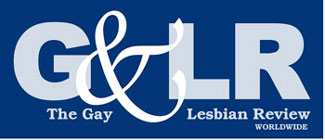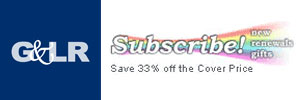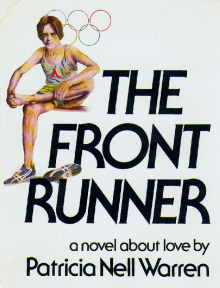WHEN ALFRED KINSEY’S Sexual Behavior in the Human Male was published sixty years ago, in 1948, I was a very gay, extremely troubled, and nearly suicidal sixteen-year-old high school junior desperately seeking any available evidence that I was not the only queer in the visible universe. I was also terribly guilt-ridden and conflicted about having participated in a gay bashing at the tender age of ten and, six years later, still very troubled by how easily and eagerly I had joined in on that assault, and how vividly and indelibly the incident still remained in my memory.
My parents had sent me away to military school at the Carson Long Institute with the express purpose of “making a man out of me” and to disabuse me of the notion that, because I was a very spoiled only child and grandchild, the world revolved around me. A cadet named Nash (surnames only are traditionally used in military address) had been caught in flagrante delicto performing oral sex on another boy, and the snitch who had observed them in the act picked up a pillow from his dormitory bed and began to vigorously pummel the hapless fellator as he vociferously yelled out, “Blow Boy Nash! Blow Boy Nash!”





